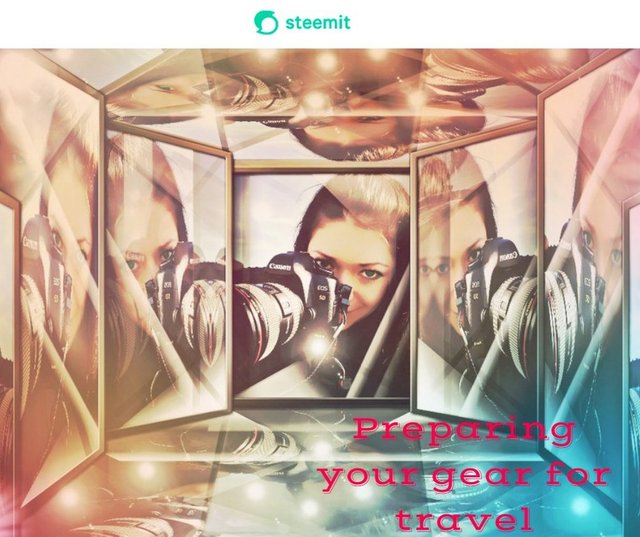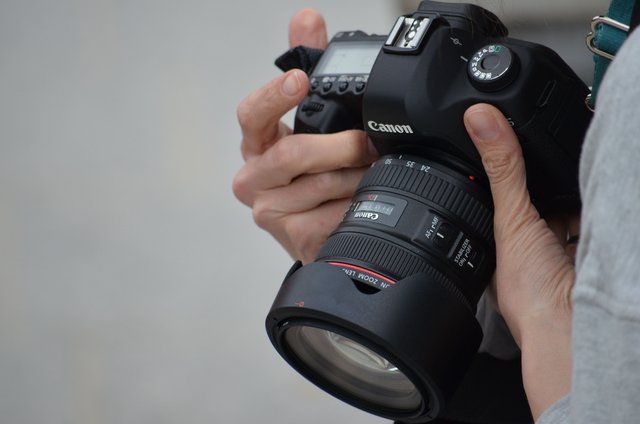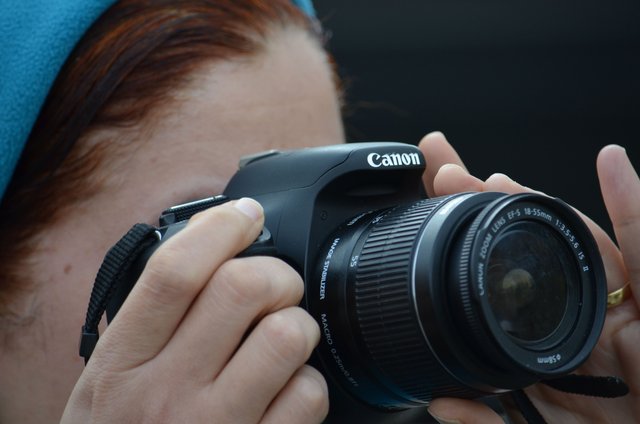Preparing your gear for travel

The first stage of any travel photography experience is preparing the equipment that you wish to take.
There is no “1 size fits all” set kit for all travel photography. The gear has to be suited to cater the needs and the demands of both you as the photographer and the environment you are about the enter.
One general rule that applies to whichever type of travel you may be about to embark on is that the more equipment you take the more weight you have to carry and the more storage space it has to occupy. This is an obvious trade-off, and efficiency here is crucial. Depending on your flight arrangements, you may be limited to a certain weight for cargo-luggage and carry-on luggage. When packing you also have to account for anything you wish to bring back from your travels (such as purchases and souvenirs.) If you’re like me, I am not a big fan of material souvenirs, I”m just happy with images from my travels, then this is one part you can do without.
When I travel, I usually have an average cargo-luggage weight of 25kg and a carry-on luggage max weight of 7kg. Most flights also allow you to carry a laptop bag, alongside your carry-on. So along with your photography kit, you also need to account for the weight of your clothes and other essential equipment.

“So, I’m going on holiday, what camera gears should I take?” Simple questions yeh? I never can answer that question with a simple answer because it always branches off many more sub questions thus making a simple questions with a very vague answer. My advise is to structure the question slightly different and then you’ll find the answer a little bit clearer. The question you should be asking yourself is “What type of pictures do you plan on taking?”
By having a clear goal and idea of the type of images you wish to take, it makes choosing your equipment much easier. If you plan to take vast landscapes of the majestic Alps in Europe, then you would want to make sure you have a wide angle lens, and possible gear that can be susceptible to the cooler climates. If you wish to take images of sea creatures on your diving expedition, then you’d want to make sure you have water-proof equipment. IF you are going out into the safari style tour, then Long telephoto lenses will be ideal. If you don’t wish to carry long and heavy lenses, tele-converters may be an appealing option for you. Does that make it a little clearer. By having an objective of the images, you can narrow your equipment list to the essentials.
When packing, also make consideration to the environment that you are going into. What season are you entering into? Will it be hot, cold, dry or wet? Will you be doing lots of walking, or will you be in a vehicle for most of the time. Will you be staying in a hotel or will you be on the constant move. All these variables need to be accounted for effective packing. ON a side note, I do recommend that you try to have as much of your camera equipment as your ‘carry-on luggage,’ as possible. These include Camera bodies and lenses and flashes. As these items tend to be the most expensive and essential single items in your kit. It is wise to have these items close to you at all times.
Now I’ll discuss about the equipment I take on my travels. It may not be the same as yours but it gives you an idea at least.

AirAsia Digital Scale
When travelling on-board Air Asia flights. I purchased their own branded digital scales. I find this device very useful for packing, as it can give me the weight of my luggage prior to checking in. These scales are very accurate to the 0.01kg. It operates on 2 AA batteries and has the function to display the weight in kg, g, lb and oz. At the time I think i paid like $20AUD for the item.
LENSES
Me personally, my travel photography goal is to take photographs of, “People in their natural environments” with this in mind, I can envision myself, maybe entering into small rooms, or even be far away to capture them at work, without intruding into their personal space. I’d need my equipment to be portable, so i can move at a pace that can keep up with any action, and at the same time, not leave crumbs that can interfere with the environment. With this in mind, I want to have access to a zoom lens, one that has a good focal length in the wide angles and also in the telephoto range. My choice of lens is my Canon EF 24-105 F4 IS L Lens. This lens goes with me on all my travels, in fact, my first travel location was Phuket in 2008 and this was the only lens I had to use for the entire trip. It serves me well as a travel lens. It has good range and a adequate maximum aperture. It is built strong so it can withstand the environmental demands of most places, and is capable to produce high quality images. The included 3-stop image stabiliser can save your images when the light levels fall below unassisted hand holding shutter speeds. Since my emphasis is on people photography. I also carry prime lenses to give me that extra image quality and low light ability. The primes that I currently travel with is the Canon EF 50mm 1.4 and the Canon EF135mm F2 L Lens. Both these lenses provide excellent images of portraits and has large apertures. So it gives me brilliant low light ability and background or foreground blur in my images. I use to travel with a 70-200 2.8 IS L lens, I found that to be too large for my liking, It is both bulky and large, it is also quite attention grabbing with its white outer shell, which can have an disadvantages with travel.






Thank you for attention. The report was conducted by my husband's hands :)
CAMERA
When i first started I am embarrassed to say I use to carry a LOT of stuff. WAY to much gear for what I actually needed, and I learnt my lesson excessive equipment the difficult way. My advise is that you only require one main camera body. As long as you take care of it and its in good condition, there is no reason as to why it will should break down whilst you are abroad. On my recent trip to Bali I took a total of 2 cameras. 1 DSLR which was the Canon EOS 5D Mark III and a Canon Powershot G10.
My 5D Mark III was a perfect DSLR for me, its a Full-Frame camera, so my wide angle lens is quite wide.
It has great Low-light ability for my darker environment shots. The Auto focus system is quite fast so unintentional out of focused images were kept to a minimum. I recommend travelling without the optional battery grip. ( I do not currently own one) I find having the camera grip’less, allows it to be lighter to travel, and smaller in size. 2 of the very important aspects of travel photography packing. I recommend having spare batteries though. In my 10 days of Bali, I shot a around 1200 images and that was about 1.5 batteries. Always remember to pack the included charger and disconnect the cable from the charging unit to make packing easier for yourself.
On my travels the only cleaning kit i bring is a blower and a Micro fibre cloth. This will get by for small things such as dust and smudgy lenses. If you know that your digital sensor is dusty and that your lens is rather dirty. I recommend having them well-cleaned prior to your departure. I also recommend having a small point and shoot style camera near by as well. You may not always need to carry it onto your ventures if you have your DSLR with you. However, there are times when a small compact camera can come in handy. Times when you feel the need that a camera is needed, but after a long day with heavy equipment, you may switch to the smaller camera. Also if you’re travelling with a partner, and that you want pictures of yourself taken, often times you can hand your point and shoot camera to a friendly stranger, and most of the times they will understand how to operate these cameras. Not everyone knows how to operate a DSLR.
I carry a Canon Powershot G10 for this purpose. It has a good balance of light weight and build quality. It also has manual functions – similar to those on a DSLR for more photographic control. It also has adequate performance for Automatic modes for those times when I pass the camera onto another person to take some pictures for me.
Storage
I find a backpack style bag to be the most effective way to store the equipment for travel. It is by far the most comfortable way of carrying the equipment whilst on the move. Although I often do envy the convenience of a messenger style bag, with its quick access to equipment. Travelling for me often involves many long walks, and over time, a messenger style bag can really start to place my shoulder and back in discomfort. Remember I’m only carrying one main camera body, so I don’t need to be shuffling between bodies. Often the time, I’d stick plan my shots ahead, If I know that I’ll be walking into a smaller building or room, I’ll prepare my my gear in hindsight.
Accessories
Over time I’ve learnt to deal with less and less accessories. I my experience, I have found only a handful a essential equipment to have with me.

Flash: I still believe it is important to take at least 1 external flash unit. Although you may only use it rarely, It is still small and can make a world of difference to your images and the picture taking capabilities. Most of the time I use the flash for fill-flash during the bright sunlight. You never know when your subject’s face is in shadow that is caused by obscured head gear. Most flash units operate on AA batteries. These are often available in connivence stores. So you don’t necessarily need to pack your AA charger and rechargeable batteries.
Tripod: I have a Manfrotto Carbon Fibre Tripod and light weight GIOTTOS ball head. In total my tripod only weighs in 1.5kg. I always seem to pack it but I never use it. I realised I’m a portrait photographer, and I’ve never come across a situation where I needed to pull out the tripod for a shoot. I’m not really much of a scenery shooter, However; as you know that Murphy is always right with he’s laws. I tend to take one for ease of mind, but I often find it stays in the luggage throughout the entire trip.
Laptop: Now that most flights allow you to carry an additional Laptop bag, alongside your cabin luggage, it would be wise to have one with you. If you are staying in Hotels for the duration of your trip. It would be handy to have a portable computer with you. IT can be used to free up memory space, communicate over the internet, and entertainment whilst you have spare time. I carry an Apple MacBook Pro 13 inch for my travels.
IPAD: In my laptop bag, i can also hold a IPAD size tablet inside. I always carry one on my travels, for the capabilities for size+weight ratio.. It is indispensable. With great versatility in today’s tablet technology, there are many advantages of having one on your travels than not to.


I am in love with your posts @tanata
Thank you, it's very nice to hear)
You are welcome .
Хорошие советы для путешественников.
Спасибо, я старалась)
Yes you are right.Before travel you must prepare your necesseries. Thanks for this topic & day by day you are going my crush
I'm happy that you continue to read my messages. Thank you!
really great equipment .... wish you a lot of fun ...😙😉
Thank you very much for your feedback, my dear! I wish you the best)
So much good info... Thanks!! BTW is that you in the End of the post? cool image!!
Thank you very much. Yes, this is my photo)
wow I just ran into your blog, nice to meet you, I think you are very creative and do a great job of writing, I love the preparation and the order with which you do things, great photos, you make them a great experience to all who read your adventures, a pleasure to comment your post, @tanata thanks for sharing, I invite you to take a look at the landscapes that I captured with my camera yesterday, Greetings from Mexico! I followed :)
Wow, Mexico is very romantic for me :) Thanks for the nice words! I follow you;)
Let's keep reading to each other, I love your writing style, I'm continually posting interesting things about my country and topics that attract me! Romantic is my keyword ;)
I gladly accept your offer :)
nice photo
great post
thanks a lot!
you welcome